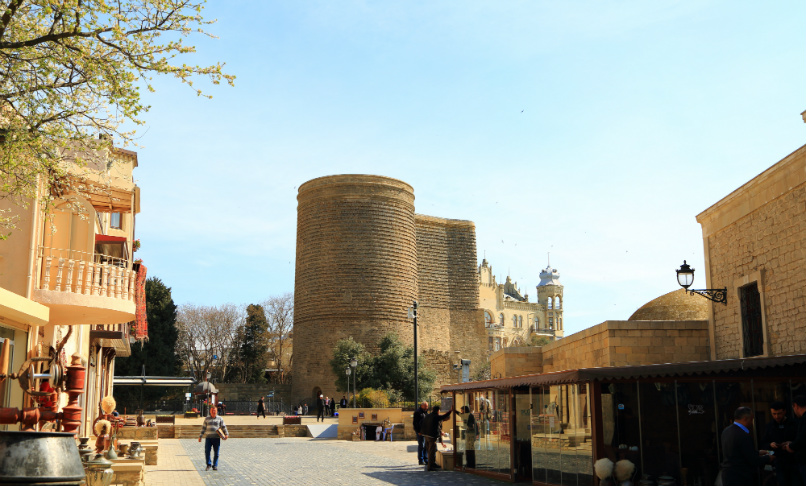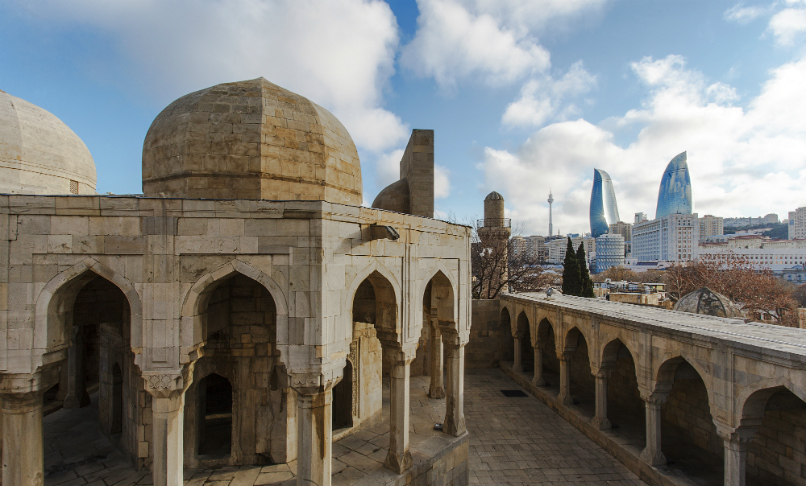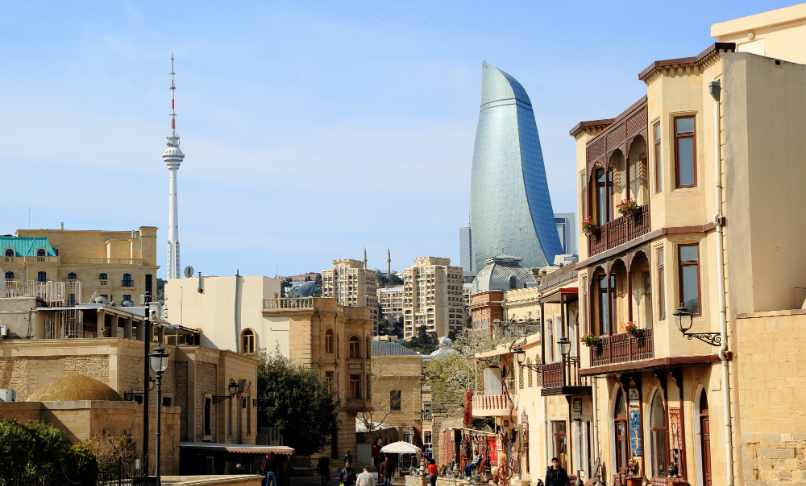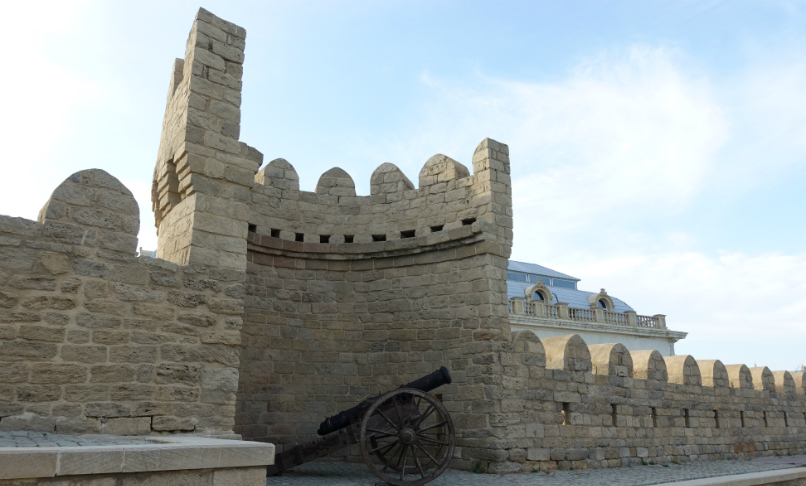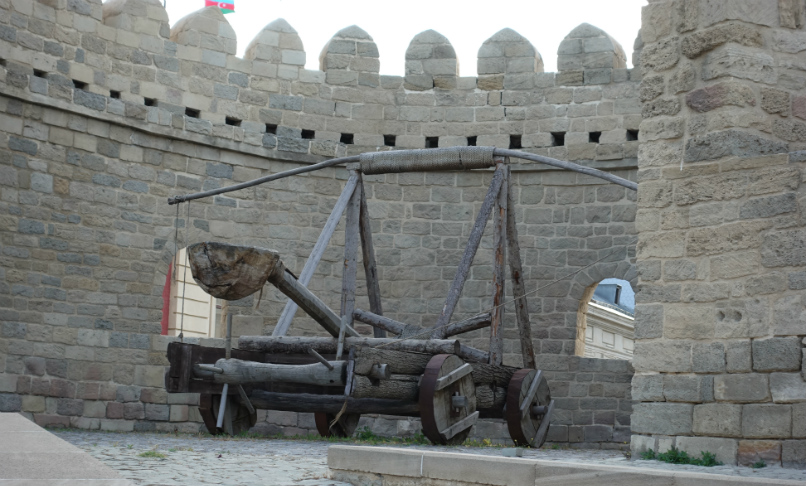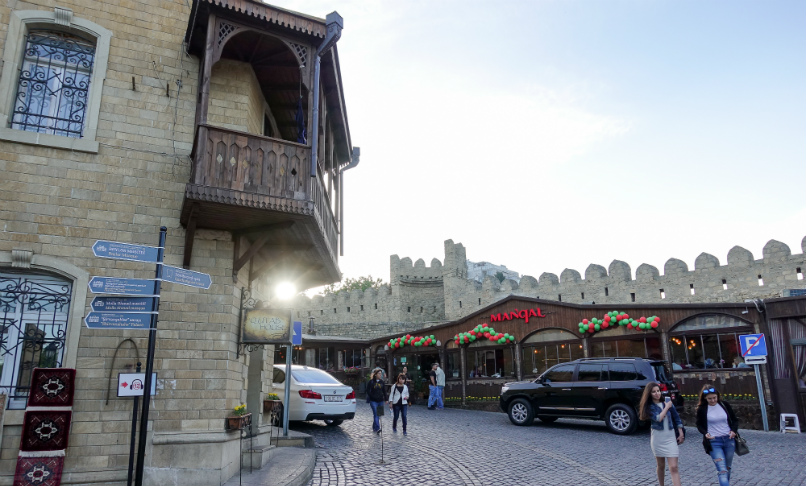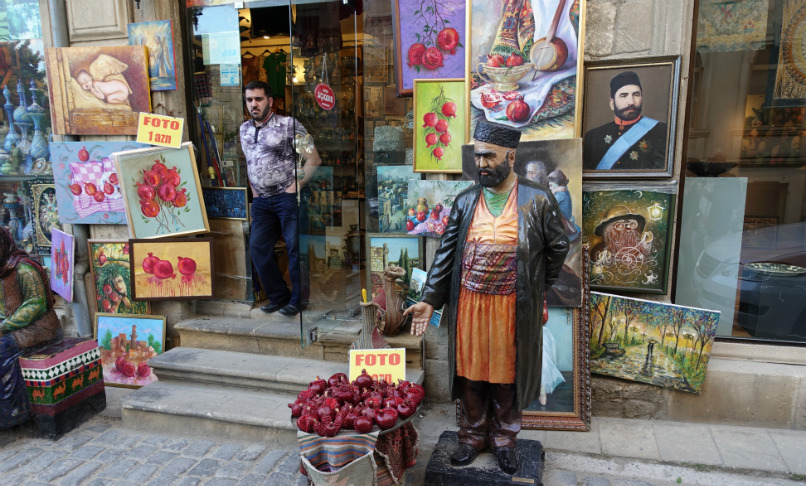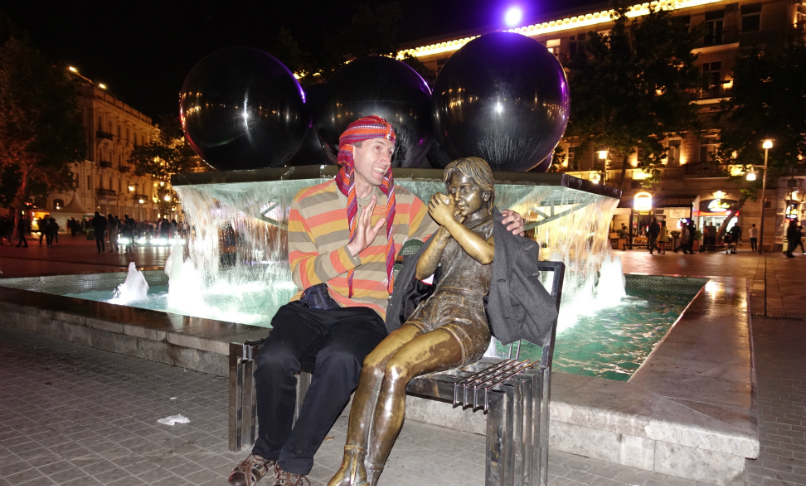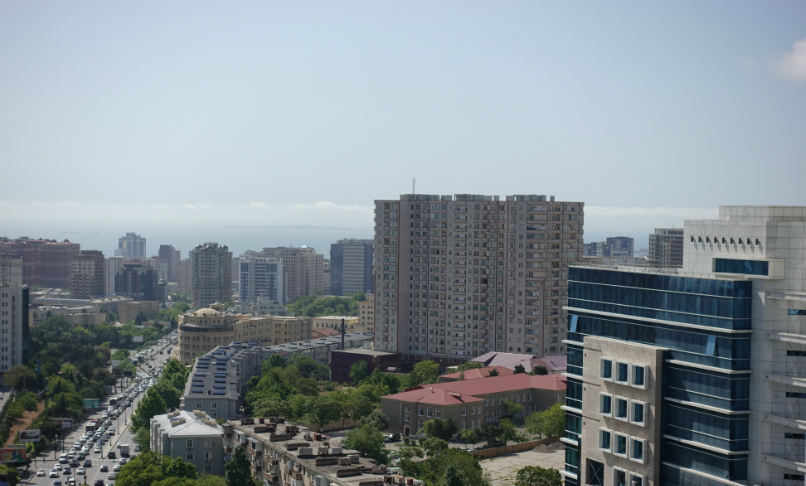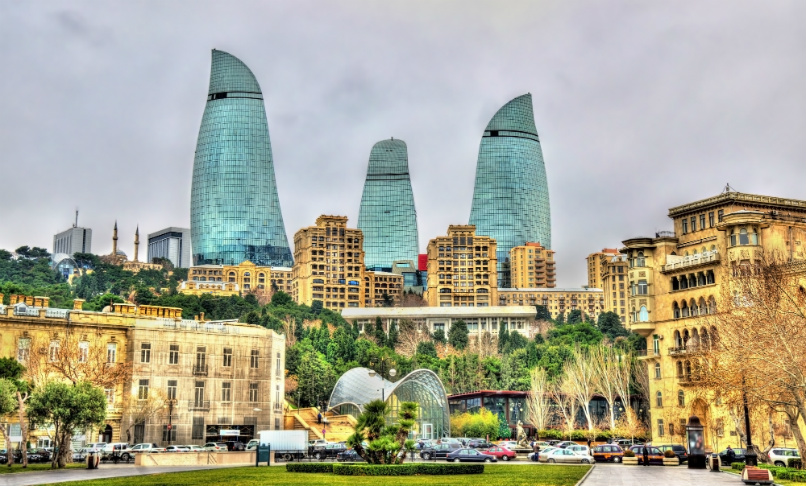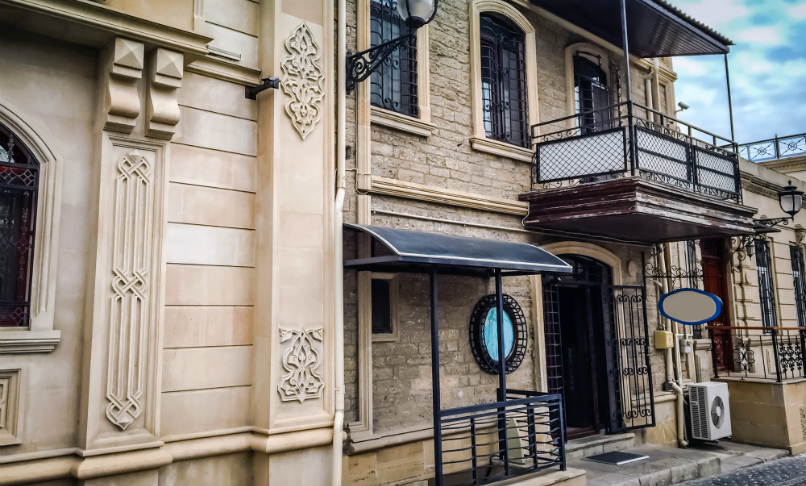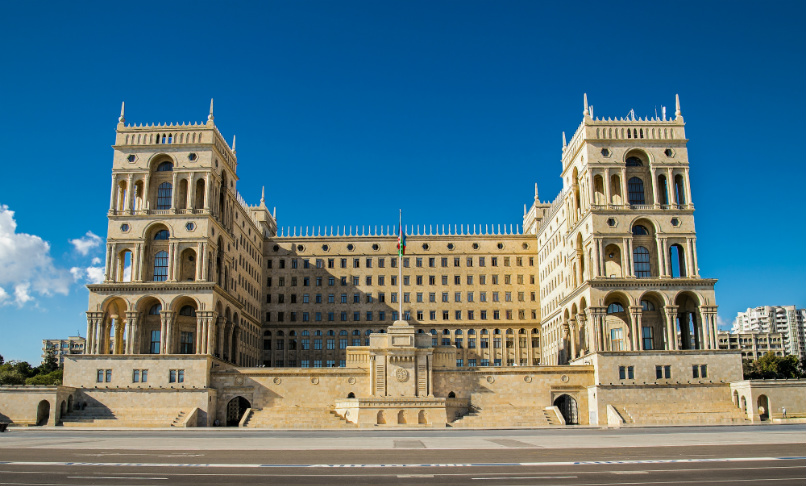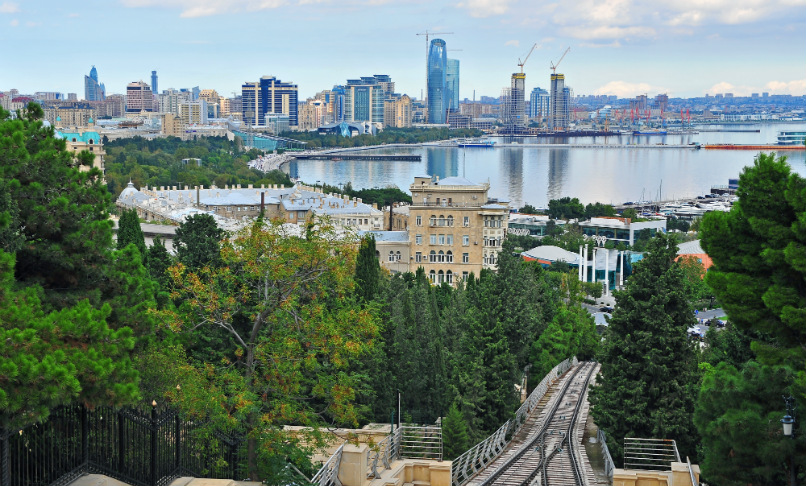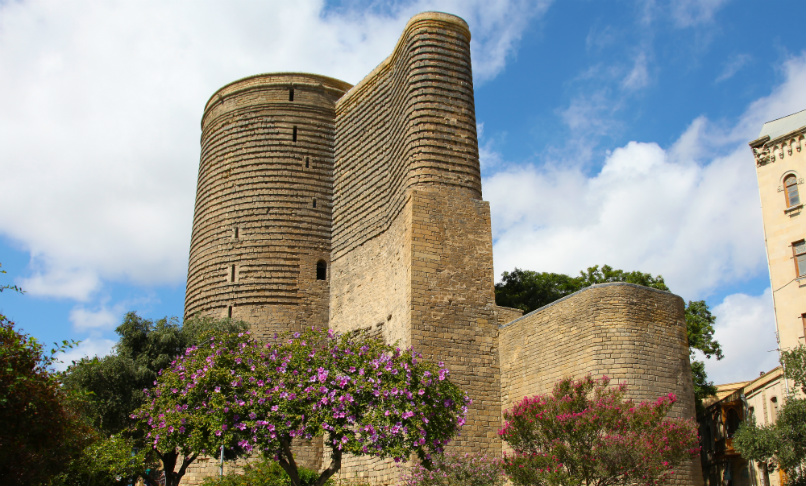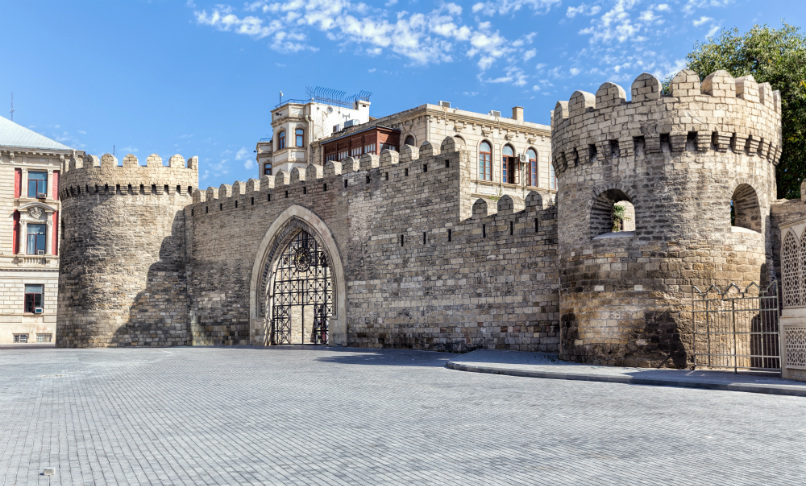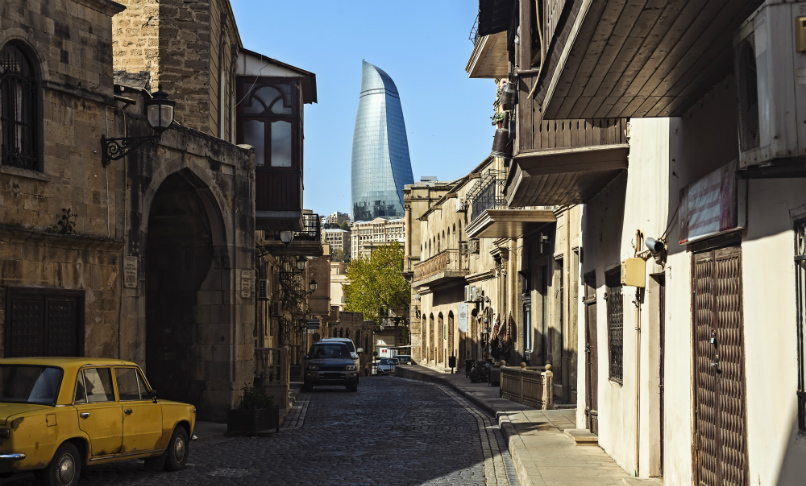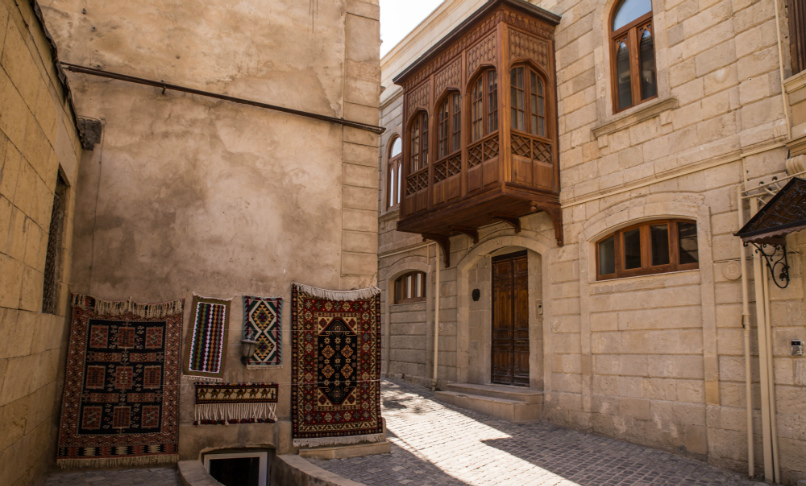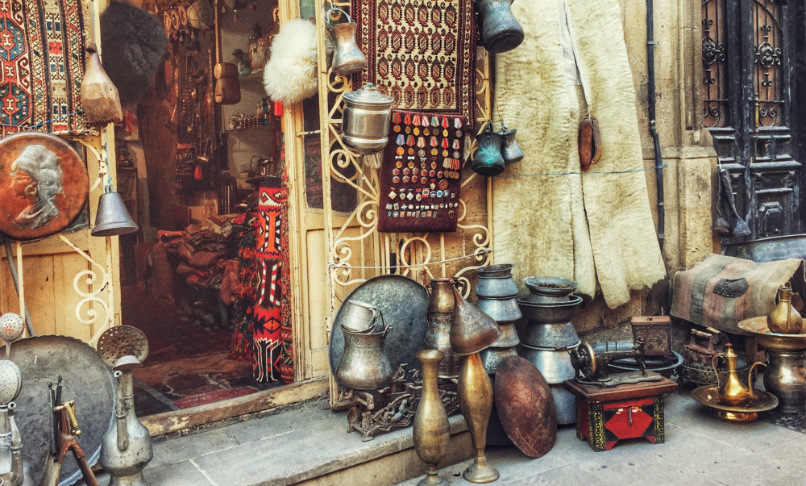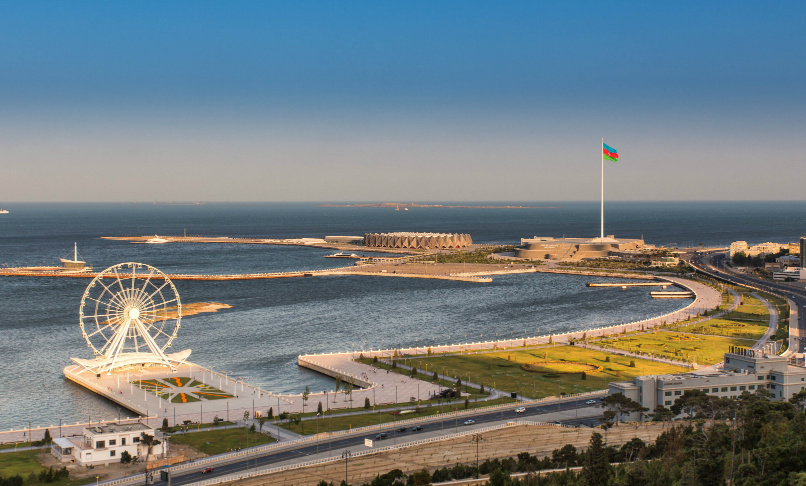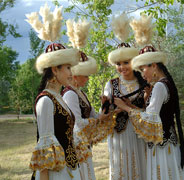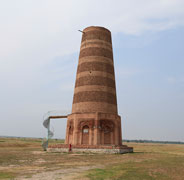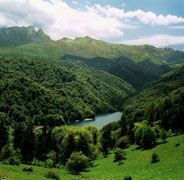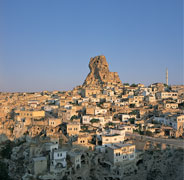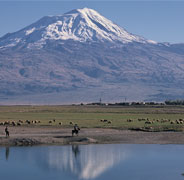City Tour in Baku
The Old City or Inner City of Baku is the historic, walled part of the capital of Azerbaijan. In December 2000, along with the Palace of the Shirvanshahs and Maiden Tower, it became the first location in Azerbaijan to be classified as a UNESCO World Heritage.
According to some researchers, the 12th century Old City is built over earlier structures dating from the 7th century.
Many monuments were built during this period, including the the Synyg Gala Minaret (11th century), the fortress walls and towers (11th–12th centuries), the Maiden Tower, the Multani Caravanserai and Hajji Gayyib Bathhouse (15th century), the Palace of the Shirvanshahs (15th–16th centuries), the Bukhara Caravanserai and Gasimbey Bathhouse (16th century).
In 1806, when Baku was occupied by the Russian Empire during the Russo-Persian War (1804–13), the Old City, then the only neighbourhood of Baku, contained houses and 707 shops, with a population of 7,000. In 2007, the Old City had a population of around 3,000.

